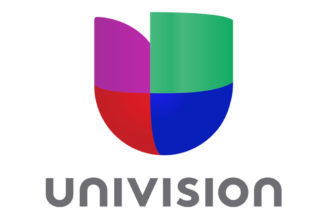Columnists
Should investors take the route of dividend investing?
Friday January 19 2024

Investors should always approach a strong yield with caution. PHOTO | SHUTTERSTOCK
In an environment of high yields for both stocks and treasuries, investors are spoilt for choice. For stock investors, seeing yields north of 10 percent in some of the well-established names at the Nairobi Securities Exchange (NSE) is a rare opportunity.
Is it time to rejig your income portfolio? Maybe, yes. Note: Dividend yield, which is expressed as a percentage, is a financial ratio that shows how much a company pays out in dividends each year relative to the stock price. Here are three reasons.
One, the availability of consistent dividend payers at the NSE (most selling at a discount) means the strategy can be successfully implemented.
Two, the five percent withholding tax on dividends makes it attractive compared to 15 percent withholding tax on interest from treasury yields (except infrastructure bonds). This also means a bond yielding 11 percent can roughly be compared to a company stock yielding nine percent after tax.
You recall when Warren Buffett famously stated that he is taxed less than his secretary? Part of the reason is that a large portion of his income comes from dividends, putting those gains in a lower tax bracket than if they were a salary or other compensation.
Three, although the strategy is primarily focused on dividends, the idea is also to benefit from capital appreciation.
Well, not everyone is a long-term investor. I have long observed a trend where short-term traders play a game called “capture the dividend” where investors hold a stock for about a week for dividend eligibility and selling soon after book closure.
By employing a dividend capture strategy means one doesn’t have to worry about the company’s long-term prospects.
Whatever rocks your boat, you are on your own. But for those interested, a “dividend capture” strategy calendar is necessary. This will consist of the four major dates investors need to know: announcement, ex-dividend, book closure and payout dates.
Information tracking corporate actions can be found on the NSE and the Central Depository and Settlement Corporation websites.
Implementing this strategy calls for strict vigilance. One of the most important things to remember about your dividend investments is that you bought each stock for a reason. It can be easy to see a high yield on a stock and immediately gravitate towards that figure. The problem with that mindset is that a stock with a high yield can often come with significant setbacks.
A yield may simply be high because the stock is underperforming, watching its price fall while its yield rises. In that case, a high yield won’t do much good if your capital base is constantly depreciating.
Therefore, investors should always approach a strong yield with caution; making sure they do their due diligence to ensure the dividend is consistent and sustainable and the company is stable.
While the higher treasury yields (with some maturities currently offering above 15 percent) can curb an investor’s appetite for stocks, high-dividend paying stocks with above long-term average yields offer a rare opportunity to diversify one’s portfolio.
Mwanyasi is MD, Canaan Capital.









